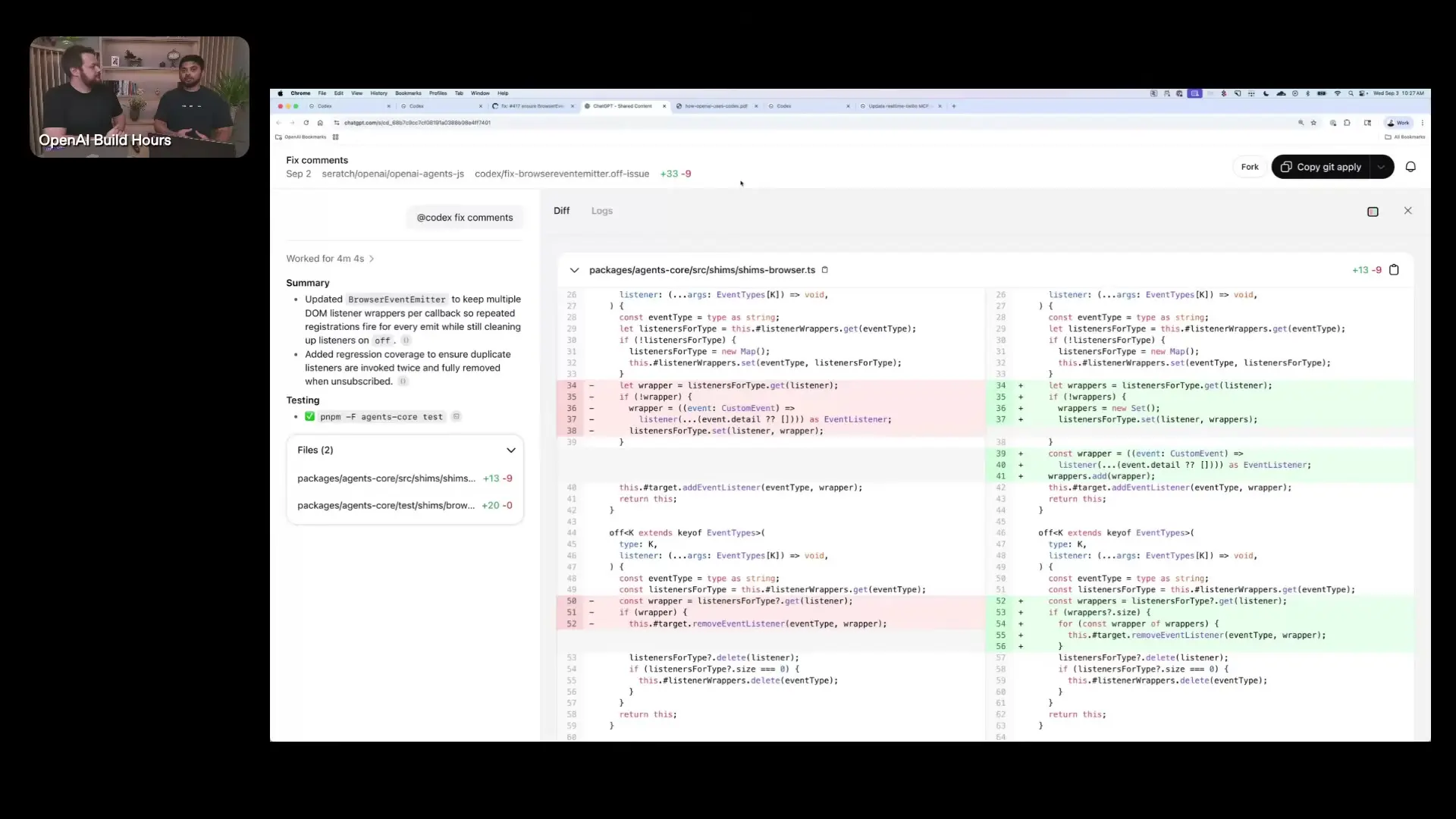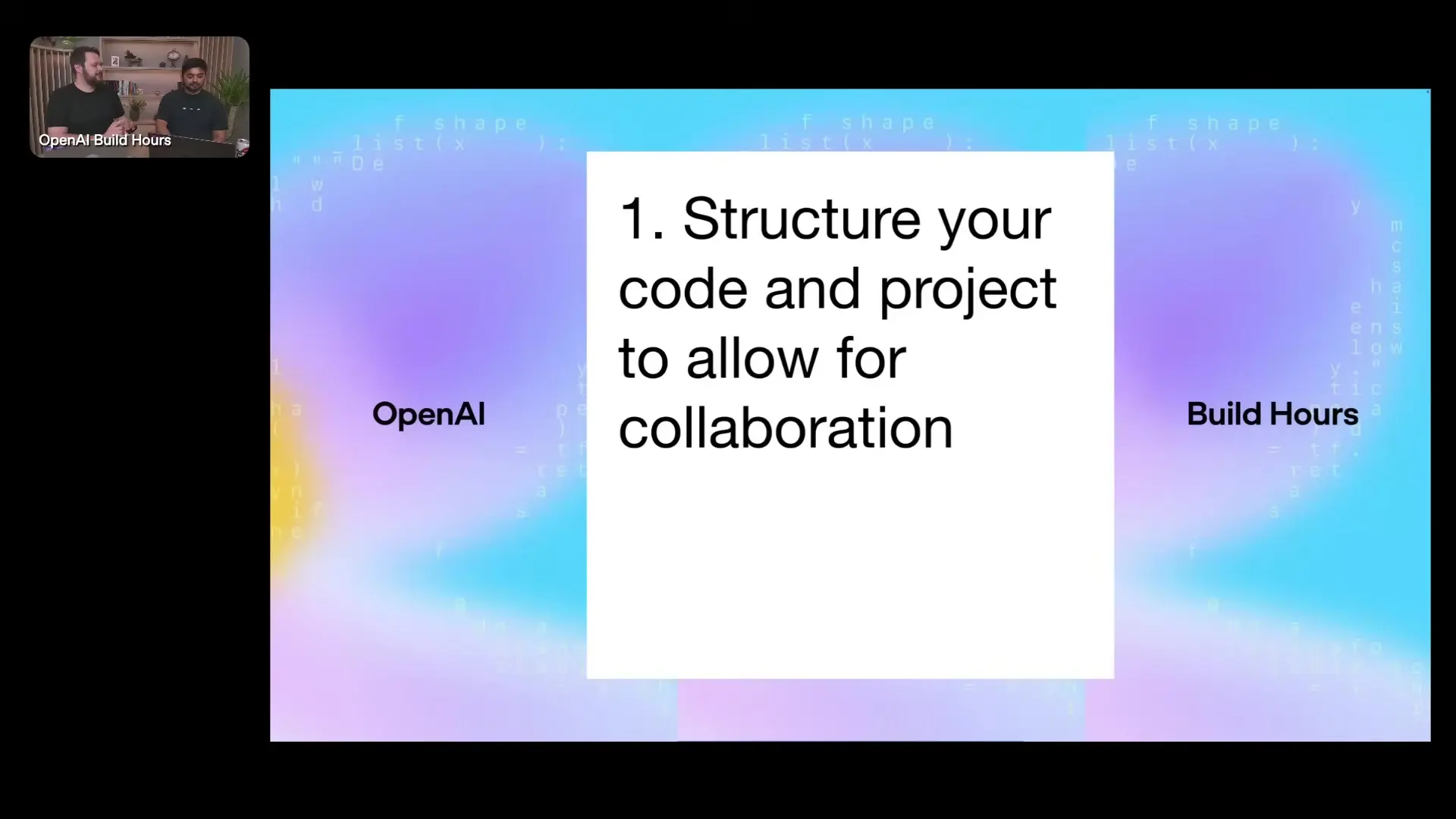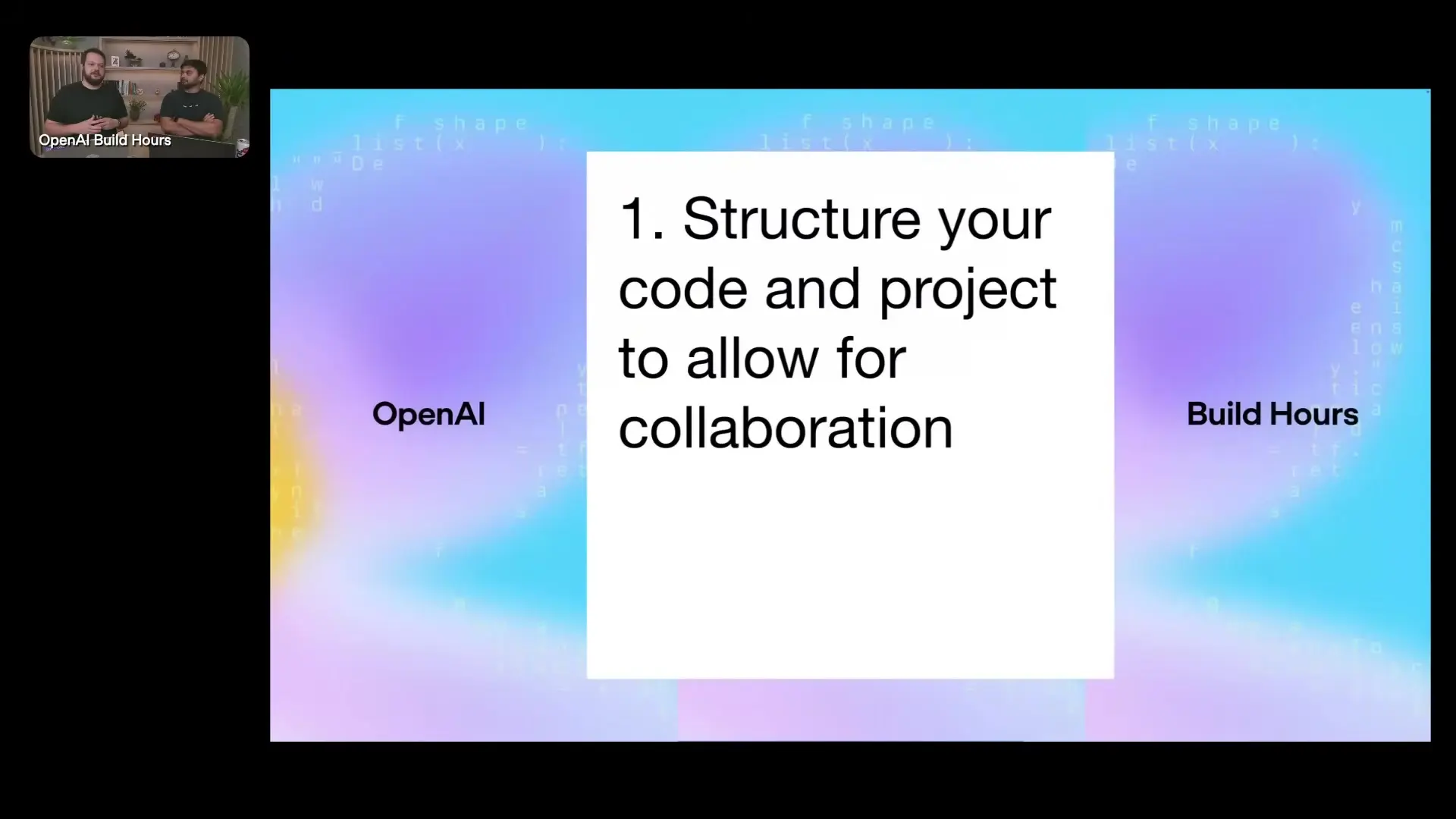
The software development landscape is constantly evolving, with new tools and frameworks emerging to streamline workflows and boost productivity. Among these innovations, the Codex framework stands out as a transformative force in how developers approach coding tasks. This comprehensive guide explores how Codex integrates across development environments to create a seamless, AI-powered coding experience.
Understanding the Codex Framework Evolution
Codex has undergone significant evolution since its inception. Initially released with the Codex CLI (Command Line Interface), it began as a lightweight open-source coding agent that developers could use with various APIs. This was followed by Codex in Chat GPT, which offered an asynchronous cloud coding agent capable of connecting to GitHub, running code remotely, and generating pull requests.
The challenge with these early implementations was that they operated as siloed experiences, not fully aligned with typical development workflows. Recent updates have addressed this limitation by bringing these experiences together and adding new capabilities, transforming Codex into a unified agent that supports developers wherever they code.
Key Components of the Codex Framework Ecosystem
- IDE Extension: Works in VS Code, Cursor, and compatible forks, bringing CLI functionality directly into your coding environment
- Enhanced CLI: Continuously improved with better UI, reliability, and capabilities
- Automated Code Review: Provides intelligent feedback on pull requests when enabled in GitHub
- Task Delegation: Allows developers to hand off tasks to the cloud and pull them down later, creating a seamless workflow across devices and platforms
All these components are connected through your account, making Codex accessible across multiple platforms with a consistent experience. This integration represents a significant step forward in creating a cohesive development assistant that adapts to your preferred workflow rather than forcing you to adapt to it.
A Mental Model for Effective Codex Framework Usage
To maximize the benefits of the Codex framework, it's helpful to think about it along two dimensions: where you use Codex and where Codex runs its operations.
Where You Use Codex
- IDE Extension: Ideal for developers who prefer working directly alongside their code
- Terminal/CLI: Perfect for those who work primarily in the terminal or don't mind switching between tabs
- GitHub: Built-in integration for code reviews
- Web Interface: For scheduling or initiating asynchronous tasks
- Mobile App: Access Codex capabilities on the go
Where Codex Runs
- Locally: When pair programming with Codex, it executes code and modifies your local environment
- Remote Cloud Sandbox: For asynchronous work, running on secure infrastructure that downloads your code and produces pull requests

Practical Applications of the Codex Framework
Let's explore some practical ways developers can leverage the Codex framework in real-world scenarios, using the example of maintaining an open-source SDK in TypeScript.
Local Development with the IDE Extension
The Codex IDE extension allows developers to interact with their codebase in a conversational manner. For example, you can ask questions like "What is this repo about?" or "What is the most comprehensive real-time API demo in this repo?" Codex will traverse the codebase similar to how an engineer would, examining files and directories to provide contextual answers.
# Example query in Codex IDE extension
# "What is the most comprehensive real-time API demo in this repo?"This capability becomes particularly powerful in monorepos with clearly named projects. The structure helps Codex navigate more effectively and understand how different components work together, which leads to our first best practice.
Best Practices for Maximizing Codex Framework Effectiveness
1. Strategic Repository Structure
How you organize your codebase significantly impacts Codex's ability to assist you. A well-structured monorepo with clearly named projects enables Codex to better navigate and understand relationships between components.

2. Modular Code Organization
Breaking down your codebase into smaller, focused modules helps prevent conflicts and makes it easier for Codex to understand and modify specific parts without affecting the whole system.

3. Leveraging Asynchronous Workflows
For complex tasks that might take time, delegate them to Codex in the cloud. This allows you to continue working on other aspects of your project while Codex handles the delegated task in the background, providing a pull request when complete.
# Example of delegating a task to Codex
# "Implement a feature that captures an image every second for real-time video processing"The Future of Development with Codex Framework
The Codex framework represents a significant step toward more integrated, AI-assisted development workflows. By bringing together different interfaces and execution environments under a unified experience, it's becoming more like established developer tools such as GitHub—available wherever and however you prefer to work.
As the framework continues to evolve with regular updates and improvements, we can expect even more seamless integration across the development lifecycle, from initial coding to testing, review, and deployment. The goal is clear: to create an intelligent coding assistant that adapts to your workflow rather than forcing you to adapt to it.
Conclusion
The Codex framework is transforming how developers approach software engineering by providing contextual assistance across multiple platforms and environments. By understanding its capabilities and following best practices for repository structure and workflow integration, developers can significantly enhance their productivity and code quality.
Whether you're working in your IDE, terminal, or on the go with your mobile device, Codex offers a consistent, powerful coding companion that grows more capable with each update. As development teams continue to adopt and integrate these tools into their workflows, we're likely to see new patterns of collaboration between human developers and AI assistants emerge, further revolutionizing the software development landscape.
Let's Watch!
How Codex Framework Transforms Developer Workflows: A Comprehensive Guide
Ready to enhance your neural network?
Access our quantum knowledge cores and upgrade your programming abilities.
Initialize Training Sequence